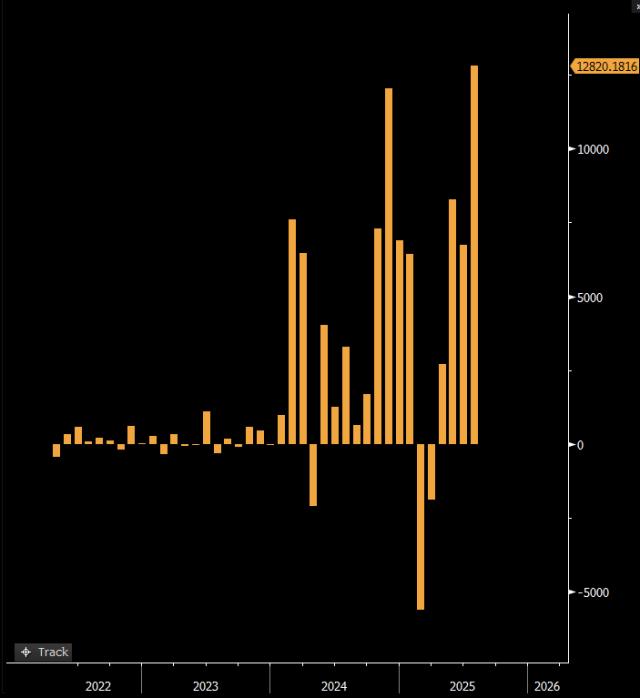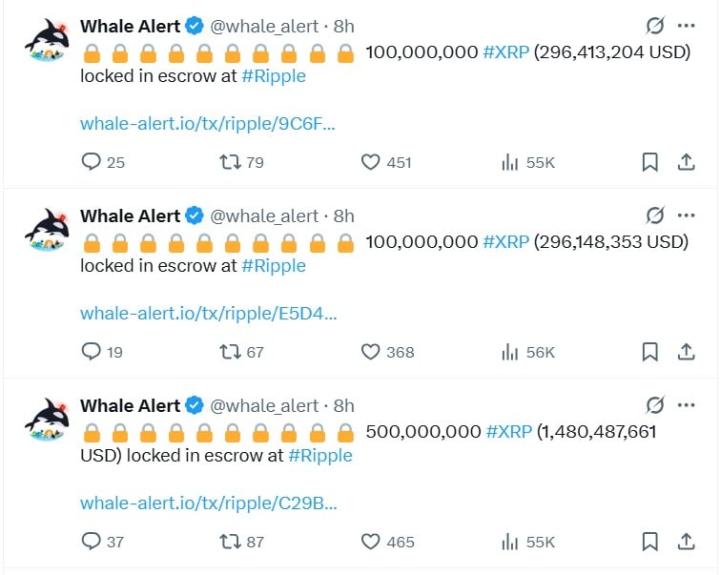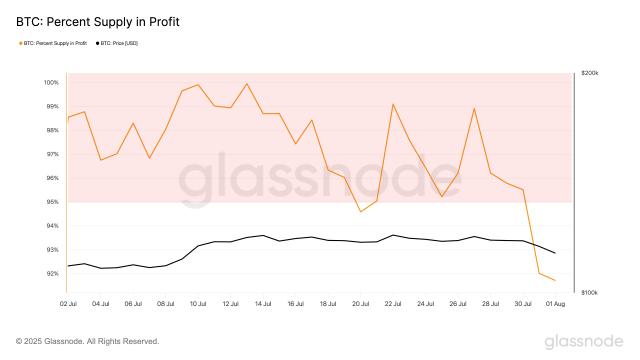(This is a sponsored article written and provided by peaq, which does not represent BlockTempo's stance and is not an investment or purchase/sale recommendation. See the disclaimer at the end of the article.)
In one sentence: Web3 + Robots + AI = A Future You Don't Want to Miss
peaq is a global decentralized Layer-1 blockchain built for the "Machine Economy", essentially a blockchain infrastructure connecting the real world. From electric vehicles, sensors, robots, smart plugs to agricultural data, peaq can chain these devices, providing them with identity and economic incentives.
Currently, over 50 DePINs (Decentralized Physical Infrastructure Networks) have been deployed on peaq, covering application areas such as AI, unmanned cafes, air quality monitoring, noise maps, and more.
Its native token $PEAQ is listed on multiple mainstream exchanges in the Asia-Pacific region, including Kucoin, PANews, Bybit (Contracts), gate.io, Bitget, Bithumb (supporting KRW), Coinone, MEXC, etc. Many applications are already open to users, welcoming participation in value creation and rewards.
When Machines Can Earn and Pay for Themselves
After exploring currencies, memes, and Non-Fungible Tokens in the Web3 world, the next wave is: giving machines economic autonomy.
Imagine someone using your charging pile with an electric vehicle, your air sensor selling data to research institutions, or community-managed drones delivering food to neighbors. These real-world use cases are being realized through peaq.
This is what peaq calls the "Machine Economy", allowing devices to connect, automatically collaborate, and create and exchange value. Such applications are called DePINs, with over 50 DePIN projects currently gathered on peaq, and over 2 million machines registered on-chain.
Here are some projects you can participate in right now:
- Silencio Network: Earn token rewards by measuring noise pollution around you
- Teneo Protocol: Receive rewards by running AI agents in your browser
- Combinder: Connect home devices to a virtual power plant, help stabilize the grid and earn tokens
- DATSProject: Provide bandwidth and computing power to support a decentralized security network
- Acurast: Share mobile resources to run a decentralized cloud computing platform
peaq is not limited to DePINs, but also has two important extensions: Machine Real World Assets (Machine RWA) and Machine DeFi.
Machine RWA refers to tokenizing real-world machines or their earnings, such as a vending machine where token holders can profit from each coffee sold. peaq has already demonstrated a related demo with XMAQUINA DAO in Dubai.
Machine DeFi is a financial network for these machines, allowing people and devices to freely exchange value in a P2P manner, and potentially enabling machines to autonomously organize, invest, and govern in the future.
Currently launched Machine DeFi protocols include MachineX - the world's first decentralized exchange (DEX) dedicated to the machine economy, which already supports DePIN tokens like $SLC (Silencio), $AUKI (Auki Network), $ANYONE (Anyone Protocol), and $PEAQ.
The DEX will incorporate more DePIN and machine asset tokens in the future.
What's Special About peaq's Technology?
peaq is an EVM-compatible Layer-1 blockchain that supports Solidity and Rust smart contracts, designed specifically for device-oriented applications, with a particular emphasis on:
- Ultra-low cost microtransactions
- High performance and scalability
- On-chain hardware identity and management
Messari's in-depth report points out that peaq's core advantage lies in providing standardized on-chain solutions for DePIN networks and machine assets.
Additionally, peaq offers modular tools such as on-chain IDs for machines and users, SDKs, universal time systems, etc., making it easy for developers to integrate Web3 and IoT. This is why more and more real-world device networks in areas like mapping, transportation, and agriculture choose to deploy on peaq.
In terms of community, peaq launched a large-scale incentive activity called Get Real in early 2025, encouraging users to participate in DePIN tasks such as map drawing, agricultural product tracking, and bandwidth sharing, with token rewards. Although the activity is currently paused, it is expected to restart later in 2025.
Regionally, research from Messari and PANews indicates that hardware-driven DePINs are developing rapidly in the Asia-Pacific region. peaq continues to expand its exchange and ecosystem collaborations in South Korea, Southeast Asia, and other areas. For example, in Malaysia, Farmsent, DroneDash, and SkyX are driving a large-scale smart agriculture project.
$PEAQ Token Information
- Token Symbol: PEAQ
- Type: Native utility token, with governance functions to be added in the future
- Total Supply: 4.2 billion, adopting a deflationary economic model
- Use Cases: Transaction fees, network security (Staking), reward-oriented, interaction with DePIN and Machine RWA applications
Real-time price, market cap, and unlock schedule can be referenced on CoinGecko, CoinMarketCap, and various exchange pages.
Why is peaq worth paying attention to?
- Focus on real-world applications: Not pursuing TVL, but bridging real-world data such as mobile distance, electricity consumption, and sensor data on-chain to create actual value.
- Low-threshold device on-chain tools: ID system, SDK, and account abstraction technology allow ordinary users and machines to participate in blockchain networks without a wallet seed phrase.
peaq is trying to create a future where machines can automatically earn money, share profits, and govern, just like early DeFi did for tokens. With exchanges in the Asian region fully listing and applications continuously expanding, peaq is becoming an important node where Web3 and the real world truly intersect.
If you are interested in device economy, data applications, community collaboration, and revenue generation, peaq is worth diving into. Readers of BlockTempo, this might be your next destination.







